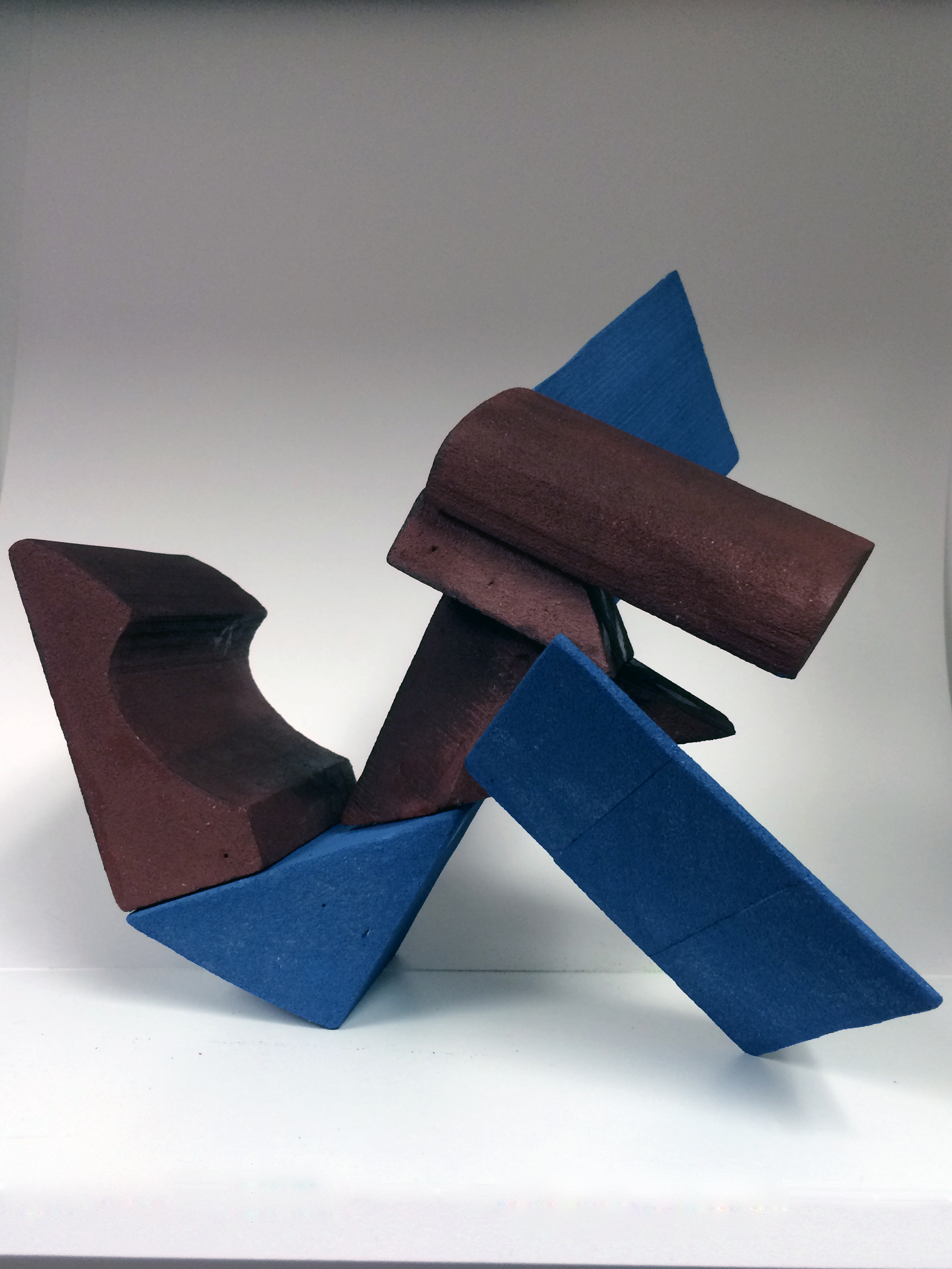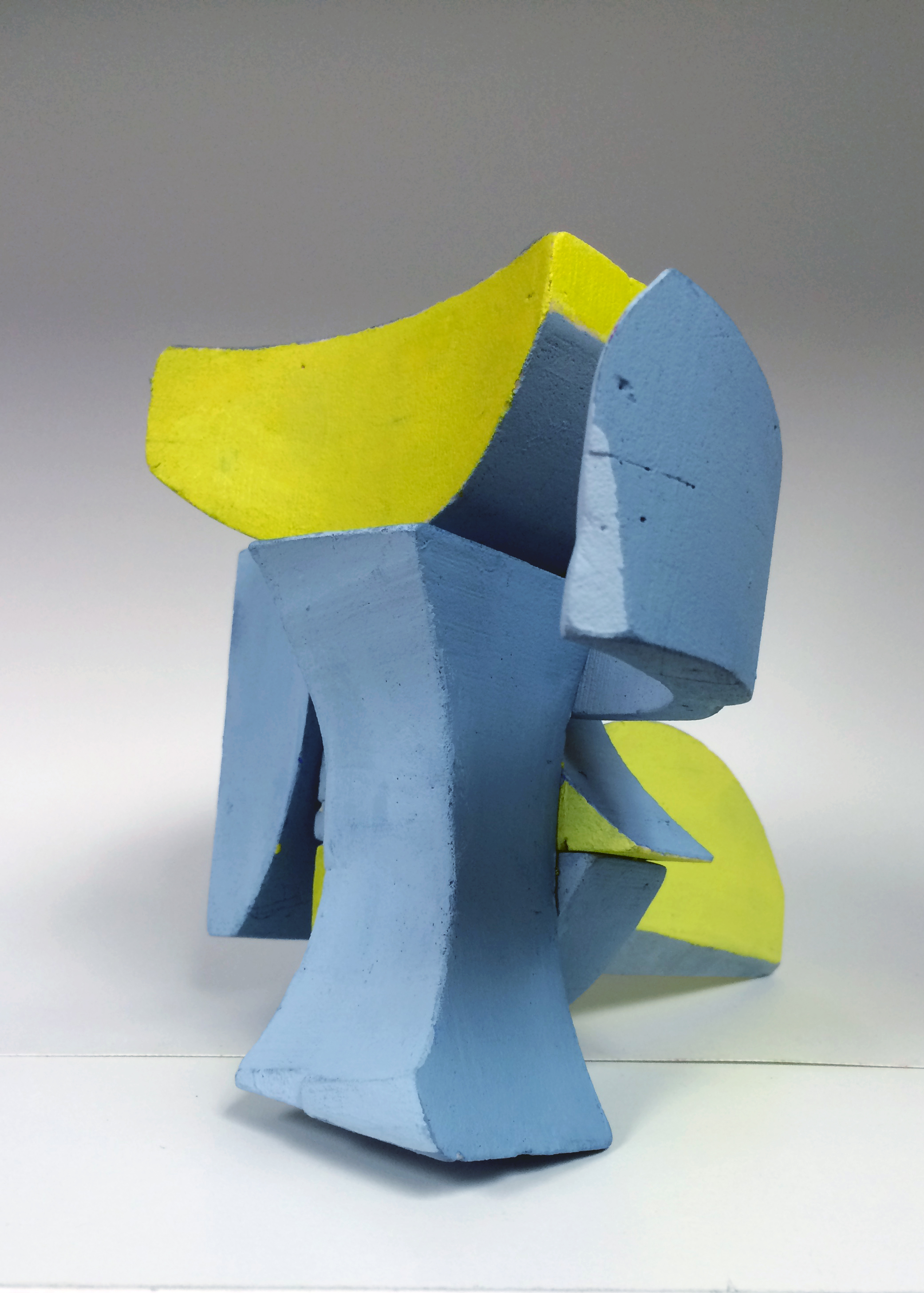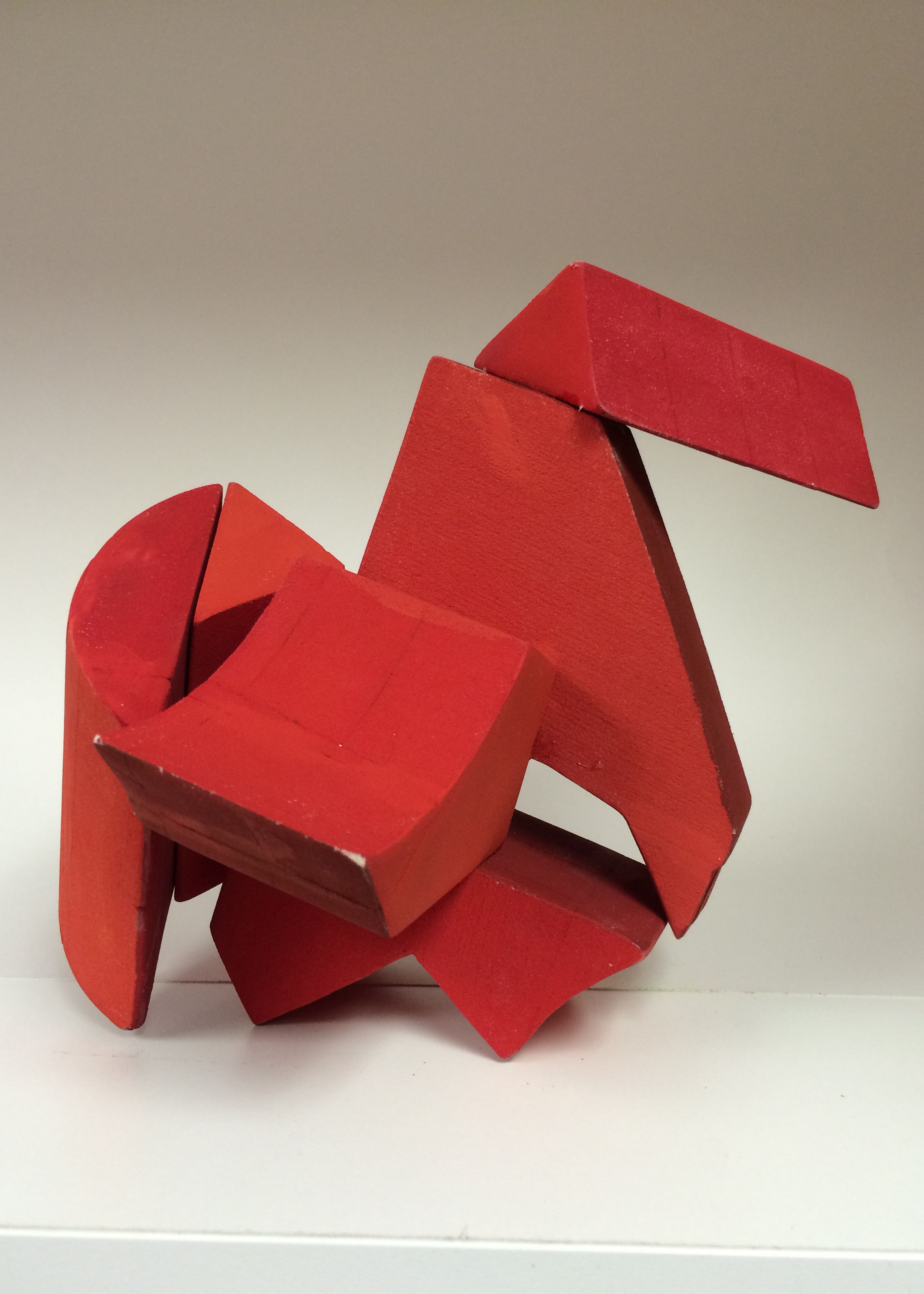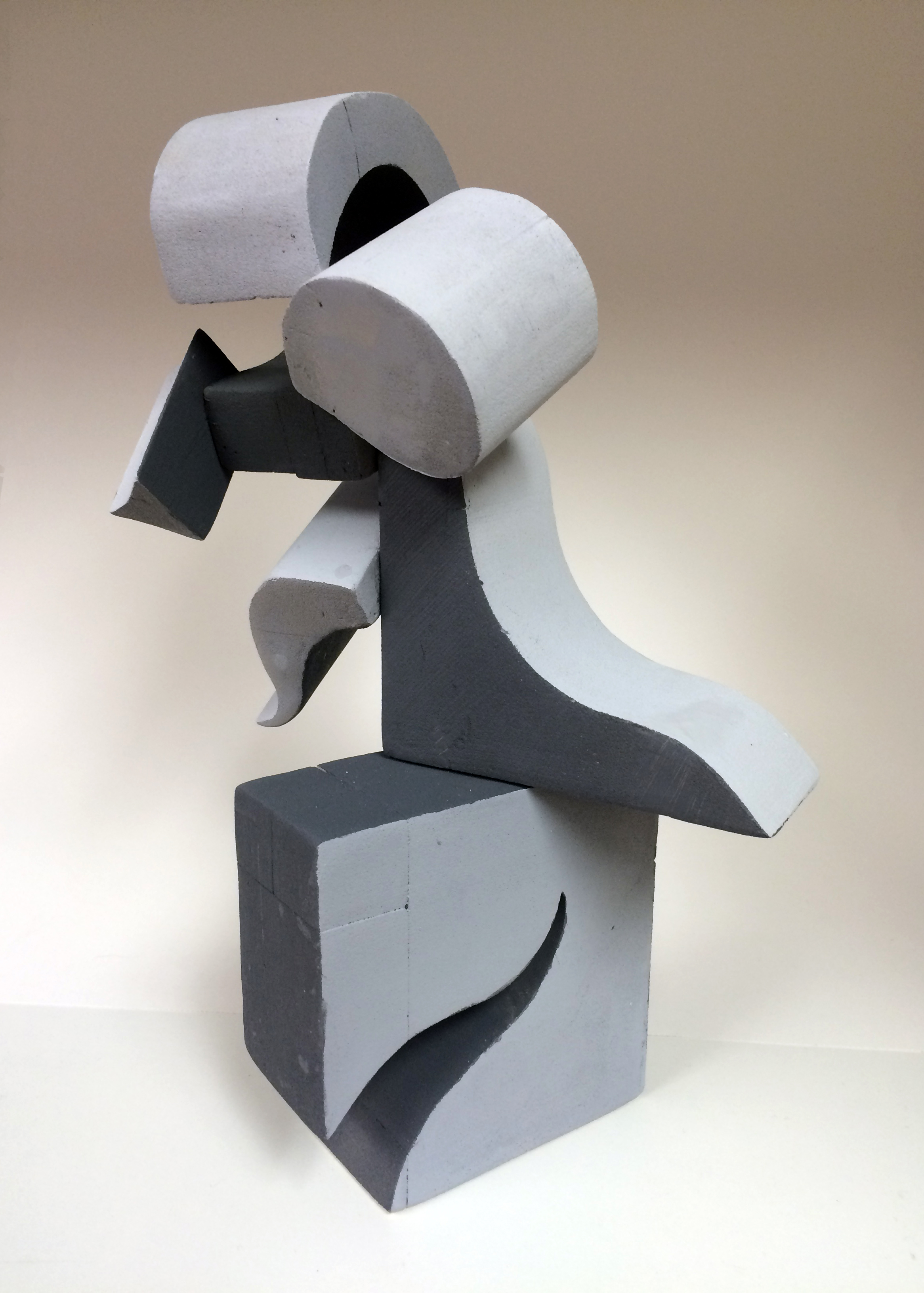
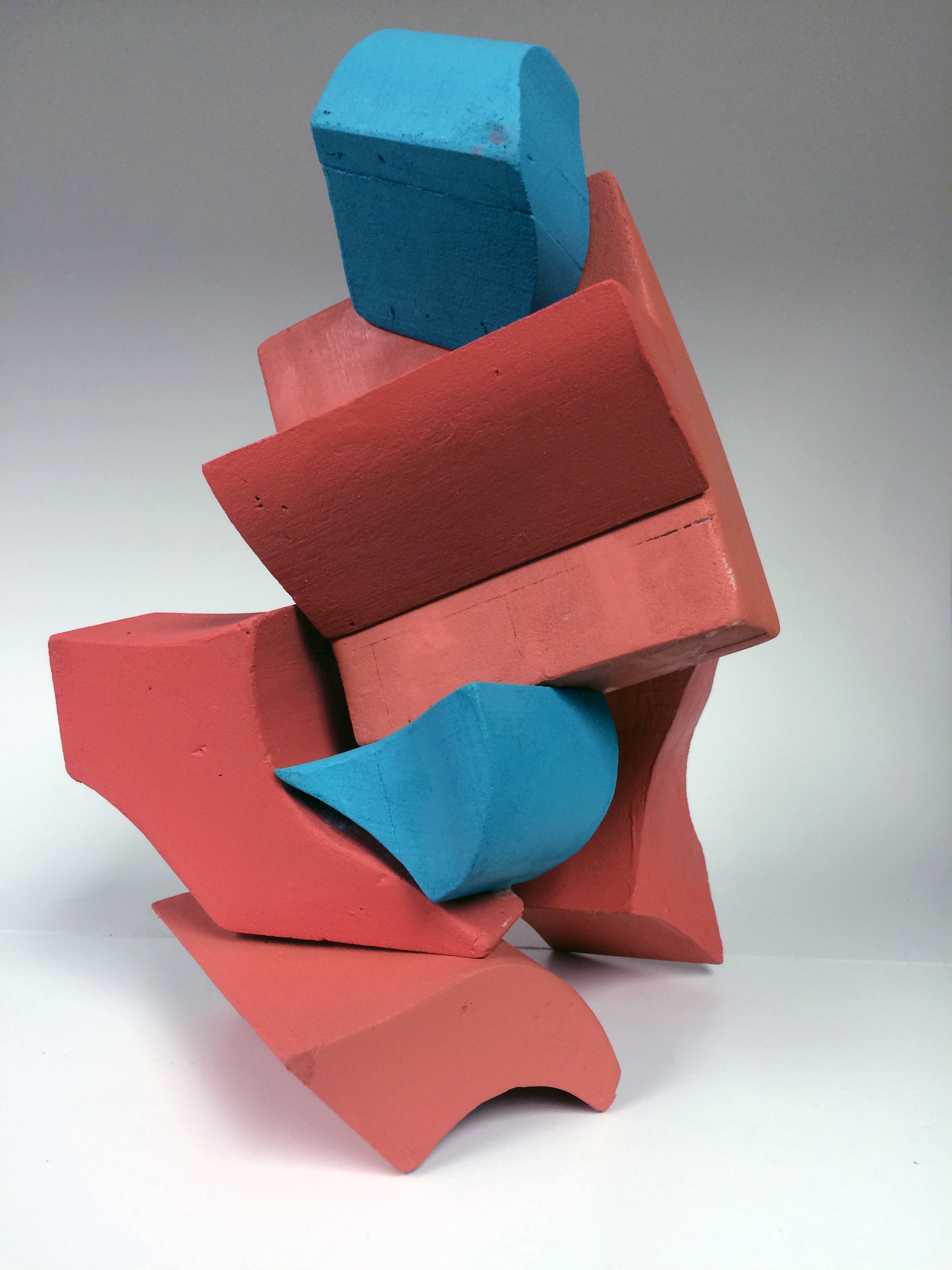
Suffolk University Students Design with Precision Board HDU
Precision Board is a truly user-friendly medium for art and design. It allows even the most entry-level artists, architects, and designers to create a tangible object from just an idea and some rudimentary tools. Whether the objective is structural, architectural, or abstract, anyone can design with Precision Board! Creating with Precision Board doesn’t require woodcarving expertise, CAD programming experience, or any other special talents. It’s easy to work with, and all it takes is a little inspiration, as students from Suffolk University found out recently.
Professor Bebe Beard of the New England School of Art and Design at Suffolk University contacted us a few months ago with a unique project idea for her 3D Design class. She wanted to offer her students the opportunity to create something from scratch, coming up with the design and assembling the final product all on their own. The plan was for students to start with an intact block of foam, cut it into individual components, and then reassemble the pieces to create a new and distinctly different shape. This is a valuable exercise in spatial awareness and the architectural mindset, allowing students to put theory into practice in short order.
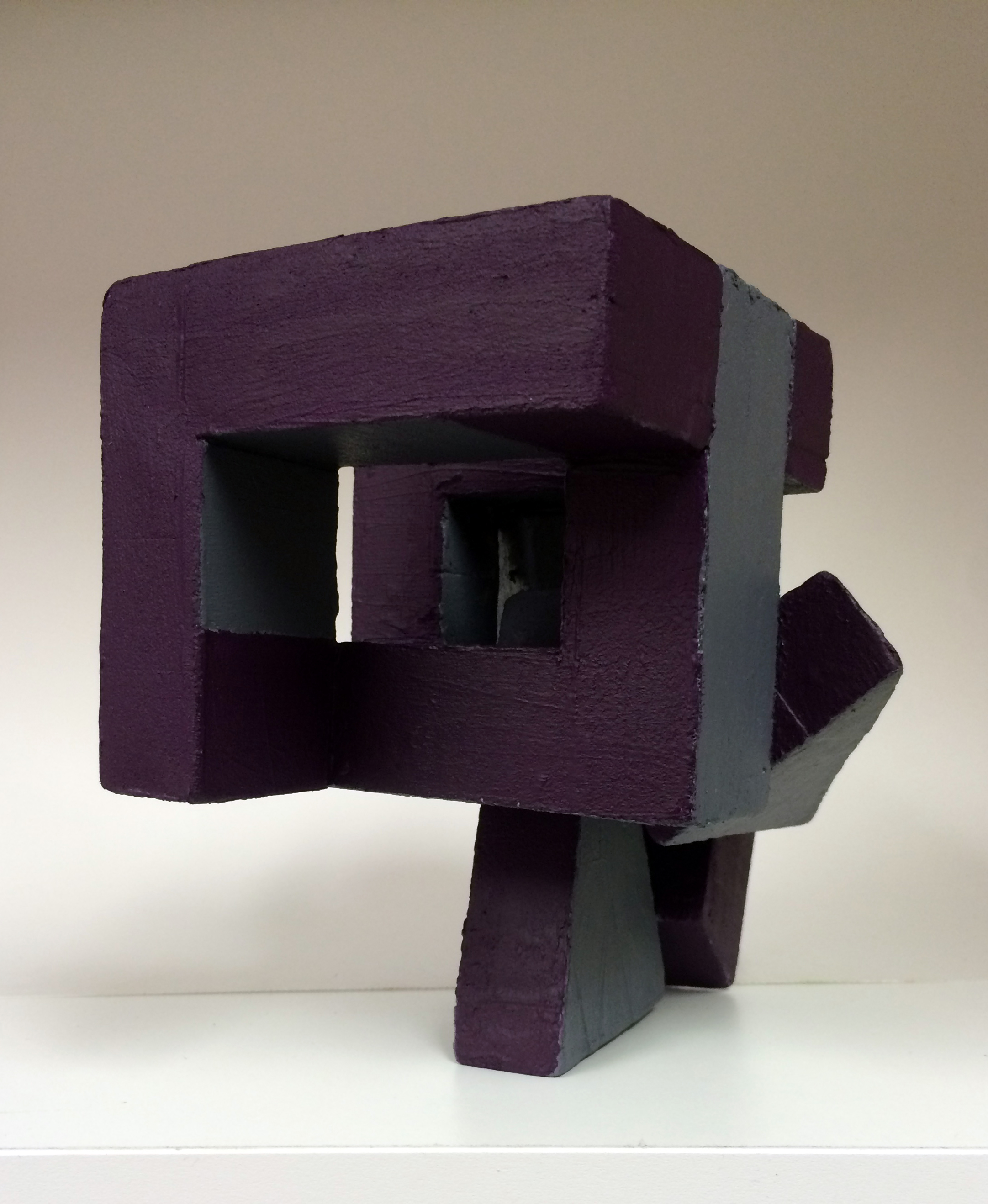
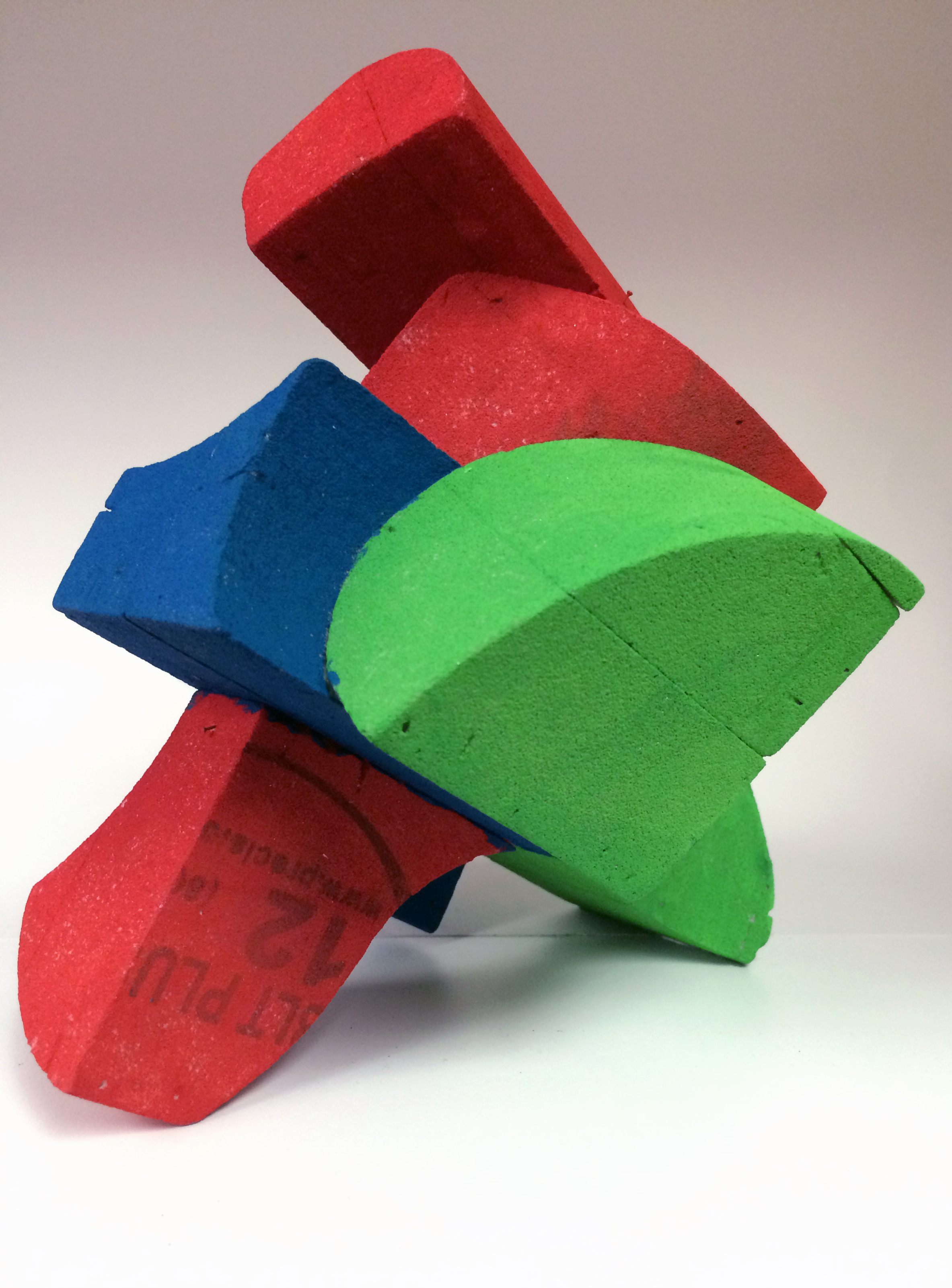
The students all started out with equal sized cubes of Precision Board, either PBLT-12 or PBLT-15. This density range is a good choice for design products like this, as our 12-20 PCF (pounds per cubic foot) Precision Board strikes a perfect balance between low weight and high durability. The students used a band saw to make six separate cuts through their Precision Board cube, ending up with seven individual pieces of HDU. If assembled together in the order they were cut, the pieces could be used to reform the cube. But the point of the project was to branch out and create something personal, so the students set to work. First, they sanded their cut pieces to create a smooth surface for painting and bonding. Using Formula 560 canopy glue, the students bonded the HDU pieces together in a variety of unique patterns. The students painted their small statues with acrylic paint, either before or after they assembled the pieces together. Another aspect of the project was to examine the effects of lighting on their completed statue, and the students’ paint jobs really accentuate the different ways light falls across the structures.

As you can see, the assignment was a resounding success, and the students turned out some really impressive miniature display pieces. This project showcases how easy it is it design and create with Precision Board HDU foam, even without much prior experience in artistic design. We’d like to thank Bebe Beard for coming up with such a fresh and constructive way to use Precision Board. Be sure to check out her website to see some of the personal projects she’s worked on. Also, don’t forget to check out the New England School of Design at Suffolk University, an art school and university rolled into one.
